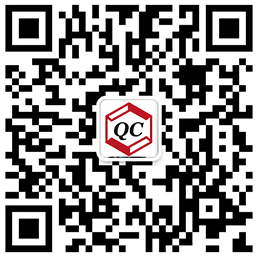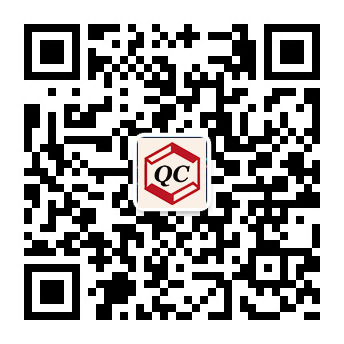重新编排以下词条,保留【title】的【】符号
【Polkadot】
Polkadot is a network protocol which objective is to allow the transfer of data (and not just tokens) between blockchains. As such, Polkadota can be seen as a multi-chain application software which incentivizes for cross-chain computation.
Polkadot’s cross-chain capabilities allows for its users to transfer data across public or private permissioned blockchains as well as opening new avenues in which applications can be built.
As such, applications can get permissioned data from any given private blockchain and use it on a public one. By working in such manner, Polkadot aims at growing a cryptocurrency ecosystem.
Polkadot’s Architecture
Polkadot design features three types of blockchains: the relay chain (or, to put it simple, a main network where one can find permanent transactions), parachains, which are user-created newtorks, and Bridges.
- The Central Relay Chain
The Central Relay Chain can be considered layer-zero and it operates as to guaranteeing interoperability, scalability, and secure data passing between the simpler parachains, or layer-one blockchains.
To find consensus Polkadot’s Central Relay Chain employs a derivative of the standard proof-of-stake (PoS) consensus, called nominated-proof-of-stake (NPoS).
Four types of roles can be found in Polkadot’s operating methods:
Validators – Those who validate data contained in parachain blocks, participate in consensus and vote on potential upcoming changes to the network.
Nominators – Those who secure the Relay Chain by a selection of trustworthy validators.
Collators – The Nodes which run and store each parachain’s history, as well as provide the Relay Chain with the aggregate parachain transaction data.
Fishermen – Those who monitor the network and report bad occurrences to validators.
- Parachains
Parachains can be customized for whichever use one may need while benefiting from the same security and accuracy of the relay chain.
- Bridges
The third and final type of blockchain one can find in the Polkadot network is named Bridges. As the name suggests, Polkadot’s network can interact with other blockchains by using Bridges.
Polkadot’s Governance
Polkadot’s software development can be influenced by three types of users
-
DOT holders: any user who purchases DOT tokens can submit a proposal
-
The Council: users who are basically elected DOT holders and whose propositions require less votes in order to be approved
-
The Technical Committee: The teams which are building Polkadot which are voted in by Polkadot’s Council




